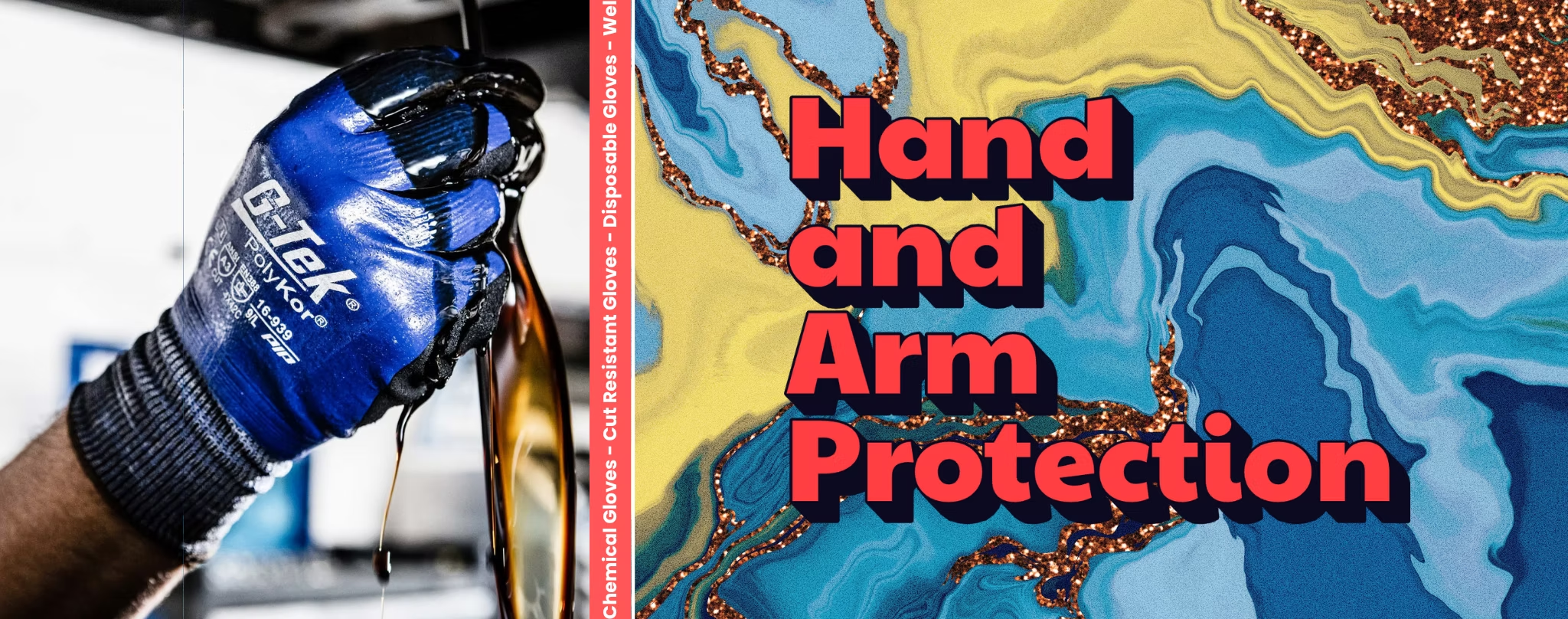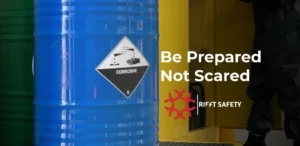In New Zealand, the handling, storage, and management of hazardous substances are governed by a comprehensive regulatory framework designed to protect both people and the environment. The country’s diverse industrial base, spanning agriculture, forestry, manufacturing, and construction, relies heavily on chemicals, making effective hazard identification and management essential to safeguard our people and the environment.
A Regulatory Landscape Unfolds
The principal legislation began with the enactment of the Hazardous Substances and New Organisms Act (HSNO) in 1996. The Environmental Protection Authority (EPA) oversees this act, tasked with evaluating hazardous substances, ensuring compliance, and enforcing regulations. Alongside the EPA, WorkSafe New Zealand also plays a crucial role, particularly in workplace safety and health, and by extension, chemical hazard management within these workplace environments.
Identifying Chemical Hazards
The process of chemical hazard identification in New Zealand starts at at the borders. That is to say the point of import or manufacturing. Any new chemical substance must pass a rigorous assessment by the EPA before entering the country. This evaluation includes a thorough evaluation of the substance’s potential hazards to human health and the environment.
Within the workplace, hazard identification is equally thorough. The Health and Safety at Work Act (HSWA) mandates employers to identify and mitigate risks, including chemical hazards. This involves understanding the chemicals’ properties, potential risks, and exposure routes.
Managing Chemical Hazards
So if you have Hazardous Substances and Chemicals on site, you must put a plan in place to manage them correctly. This involves incorporating several strategies:
1. Personal Protective Equipment (PPE)
In workplaces where chemicals are handled, PPE such as safety glasses, gloves, and chemical-resistant clothing are essential to protect employees from exposure and to significantly reduce harm.
2. Training and Education
Employees must receive extensive training on safe chemical handling, storage, and disposal procedures. They must also learn how to interpret Safety Data Sheets (SDS), which detail each chemical’s hazards and safe handling procedures so that they know the risks associated with the particular chemical they are using.
3. Safe Storage and Disposal
In the event of an emergency, staff should know how to act efficiently and safely. The EPA provides stringent guidelines to prevent chemical leaks, spills, and other hazards. This extends to disposal methods which are strictly regulated to avoid environmental contamination.
4. Emergency Preparedness
Organisations must also have emergency response plans in place that detail procedures to follow in the event of a chemical spill or leak. This includes having spill kits available and training staff in emergency procedures.
5. Chemical Hazard Management Planning
Lastly, to wrap everything up, creating a comprehensive plan involves identifying potential hazards, implementing control measures, and preparing for emergencies. Regularly reviewing and updating the plan ensures that any changes in chemical usage or safety advancements are accounted for.
Conclusion
By now if it’s not clear from the article, if you use, handle, manufacture, or store a hazardous substance (including hazardous waste), you must follow the robust system that New Zealand government has in place. This is designed to protect everyone, the environment, and contribute to the sustainable growth of New Zealand’s industries. The continual refinement and enforcement of this system ensures that New Zealand remains at the forefront of global best practices in managing chemical hazards.

